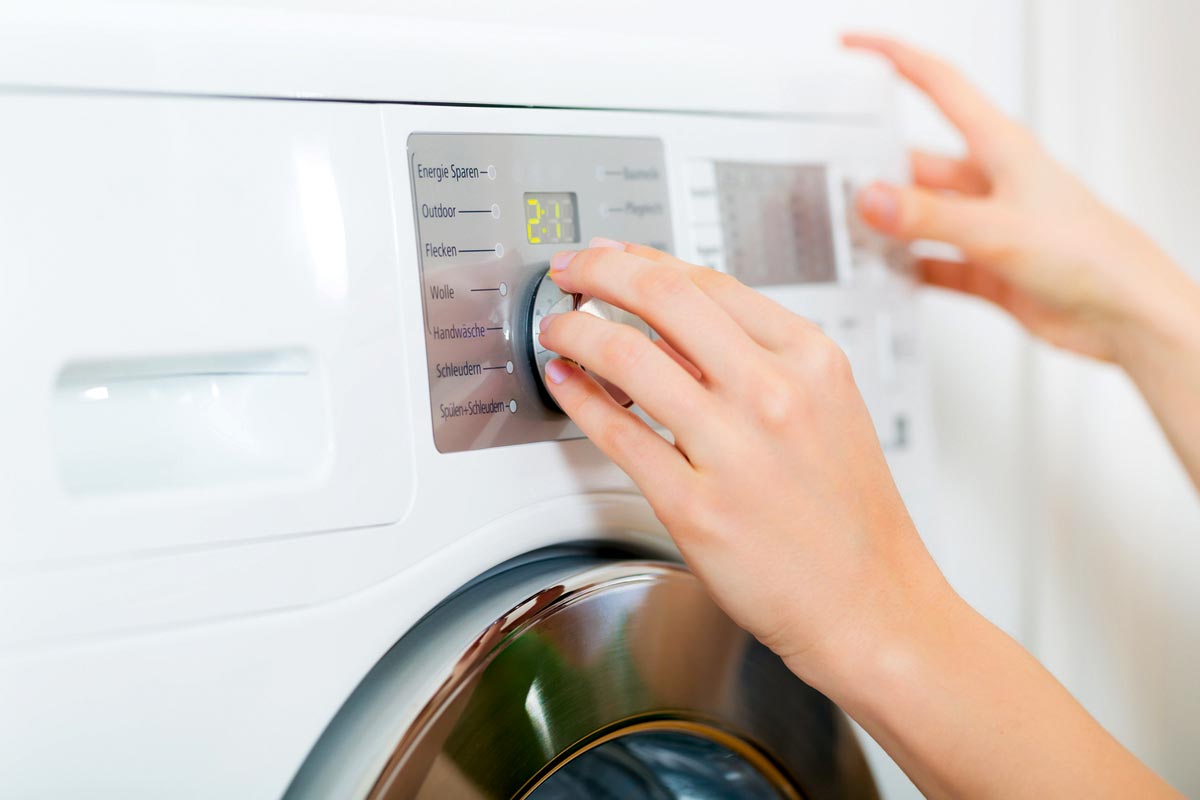The technology initiative “Energy Efficient End-use Equipment” (4E) was launched in 2008 with the aim of encouraging the spread of ultra-efficient electric end-use equipment in the IEA member states. Household appliances, electric motors, electronic equipment, household lighting and air-conditioning systems are being evaluated in comparative studies. In the meantime the scope of the Implementing Agreement has been widened to cover energy-efficient end-use equipment in general, so that (say) appliances that run on gas can be analysed too. Austria is currently participating in the “Mapping and Benchmarking” activities and in the Annexes “Energy-efficient Electric Motor Systems” and “Electronic Devices and Networks”, and is lead-managing Task 1, “Smart Metering and Energy Monitoring Systems”, in the latter.
As part of the Mapping & Benchmarking activities, factsheets and benchmarking reports are produced that offer policymakers product performance comparisons; the analyses can serve as a basis for evaluating national regulations on product energy consumption and efficiency values. For instance, when electric laundry dryers in private households were compared in Australia, Austria, Canada, Denmark, France, Spain, Switzerland, the UK and the USA (plus information from CECED for the European Union as a whole), it turned out that Austria, along with Australia, Denmark and Switzerland, does very well in terms of national energy consumption (< 1TWh/year), but also notches up a higher annual growth rate than other countries (> 10 %). Increasingly Austrians are buying heat pump dryers, which cost up to 30 % more but operate very efficiently, consuming less than half the energy that condensing and vented dryers need.
Inefficient products continue to sell where Minimum Energy Performance Standards (MEPS) are feeble or nonexistent. If a strict MEPS regime, as for instance in Switzerland, took effect in other markets, this could reduce consumption worldwide by 60 %.
Share